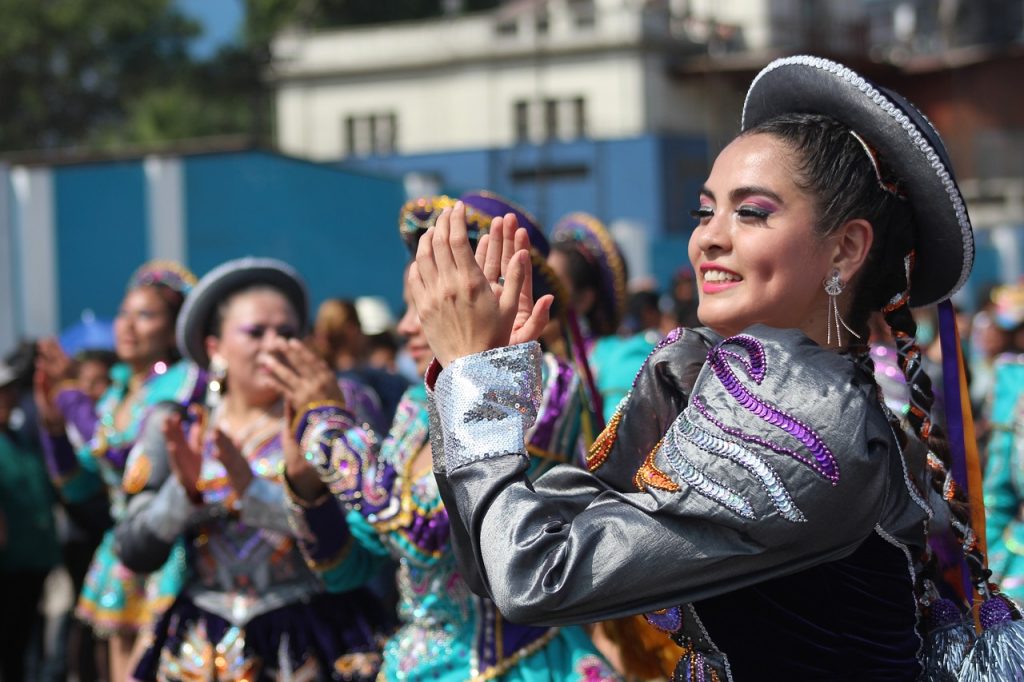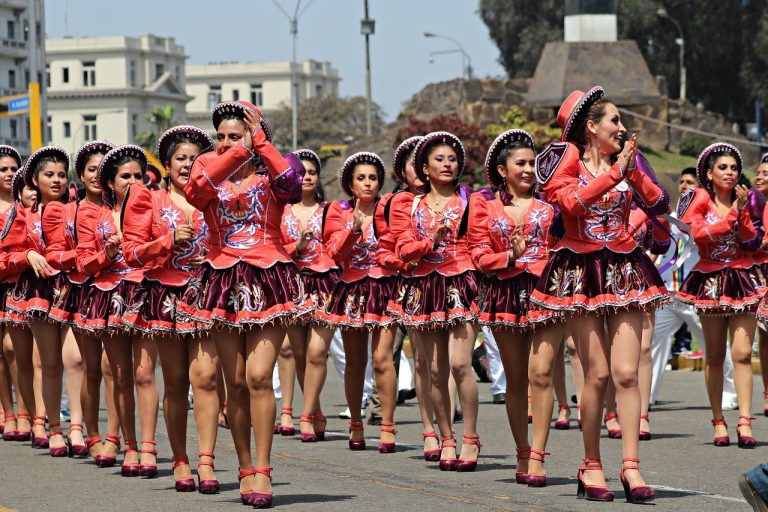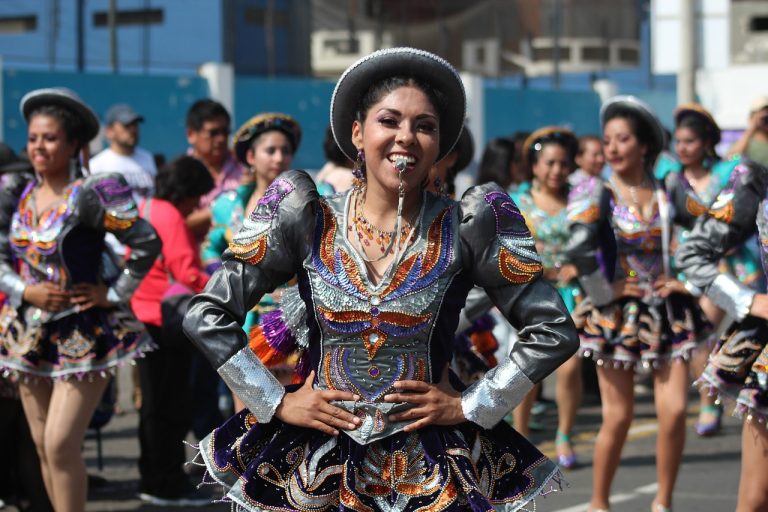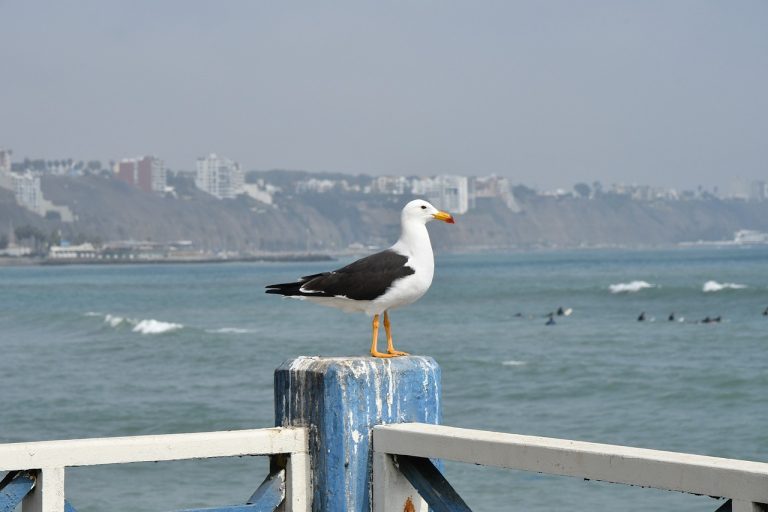Lima Peru Video
The Cultural Evolution of Lima Peru
Lima, the capital and largest city of Peru, has a rich cultural history that has evolved over centuries. From its indigenous roots to the influences of Spanish colonization and migration from various parts of the world, Lima’s cultural landscape is a vibrant tapestry of traditions, art, cuisine, and architecture. This article explores the cultural evolution of Lima Peru, highlighting its key aspects and landmarks.
Ancient Indigenous Cultures
- Caral: Caral is one of the oldest known civilizations in the Americas, dating back to around 2600 BCE. Located north of Lima, it was a significant center for trade and culture. The archaeological site of Caral showcases the remnants of this ancient civilization.
- Lima Culture: The Lima Culture, which thrived from 100 to 650 CE, was an important pre-Columbian civilization in the region. They left behind intricate pottery and textiles, showcasing their artistic skills and cultural practices.
- Chancay Culture: The Chancay Culture, dating from 1000 to 1470 CE, inhabited the central coast of Peru, including the Lima region. They were known for their impressive textiles and ceramics, which are displayed in museums throughout Lima.
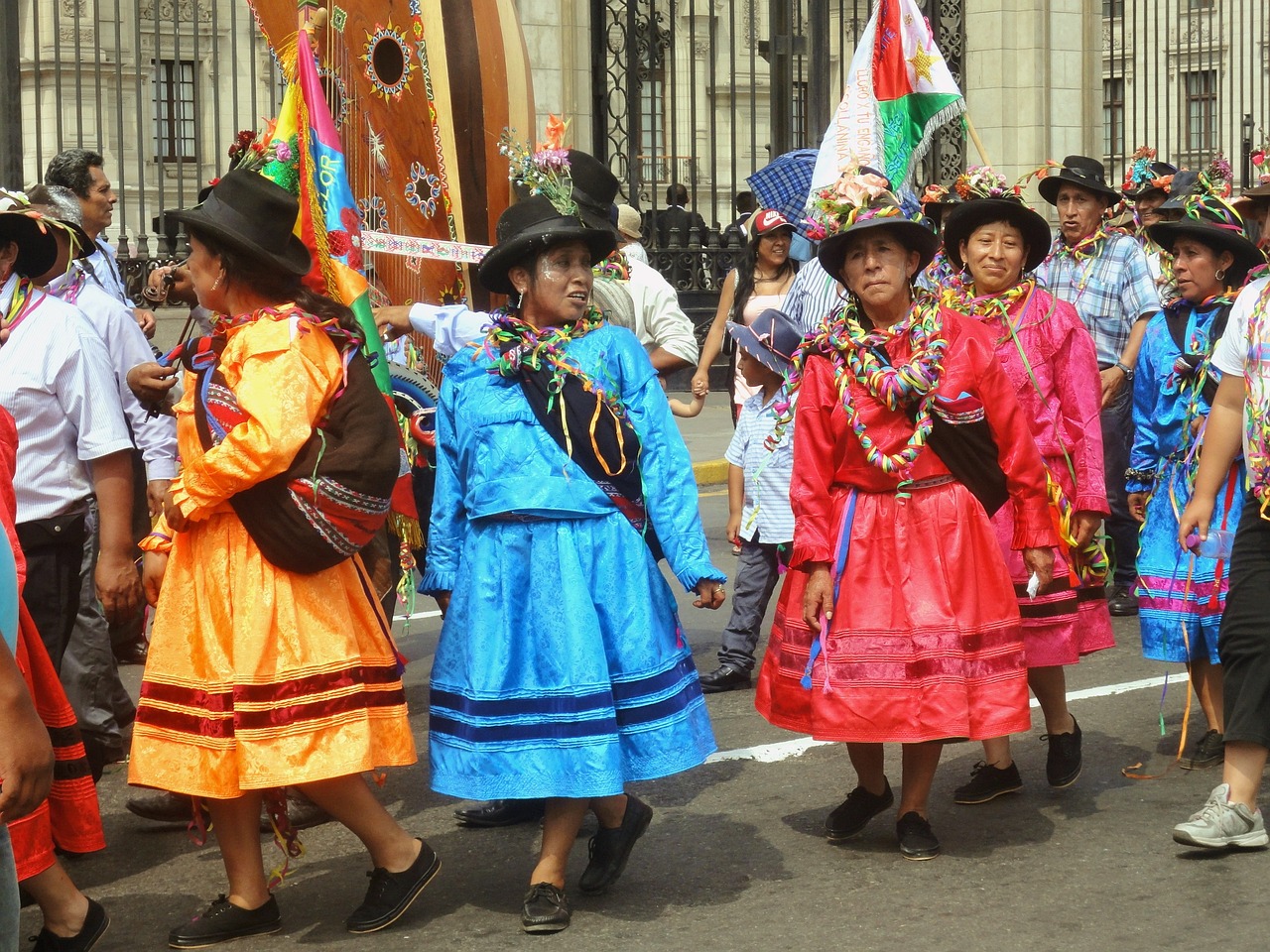
Spanish Colonial Influence
- Historic Center of Lima: The Historic Center of Lima, a UNESCO World Heritage site, showcases the Spanish colonial architecture that shaped the city. The Plaza Mayor, Lima Cathedral, and Government Palace are among the notable landmarks in this area.
- Religious Art and Architecture: The influence of Spanish colonization is evident in the numerous churches and religious art found throughout Lima. The San Francisco Church and Convent, with its catacombs, is a prime example of colonial religious architecture.
- Spanish Cuisine: Spanish cuisine heavily influenced the culinary traditions of Lima. Dishes like ceviche, arroz con pollo, and causa have roots in Spanish cooking techniques and ingredients.
Migrations and Cultural Diversity
- Afro-Peruvian Culture: The arrival of African slaves during the colonial period led to the development of Afro-Peruvian culture. Afro-Peruvian music, dance forms like marinera, and traditional Afro-Peruvian cuisine are integral parts of Lima’s cultural fabric.
- Chinese Influence: Chinese immigrants arrived in Lima during the mid-19th century, bringing their traditions and culinary expertise. The Barrio Chino (Chinatown) in Lima is a vibrant neighborhood that showcases Chinese culture and cuisine.
- Japanese Influence: Japanese immigrants arrived in Lima in the late 19th and early 20th centuries, contributing to the cultural diversity of the city. The district of La Victoria is known for its Japanese influence, with Japanese-Peruvian fusion cuisine being a highlight.
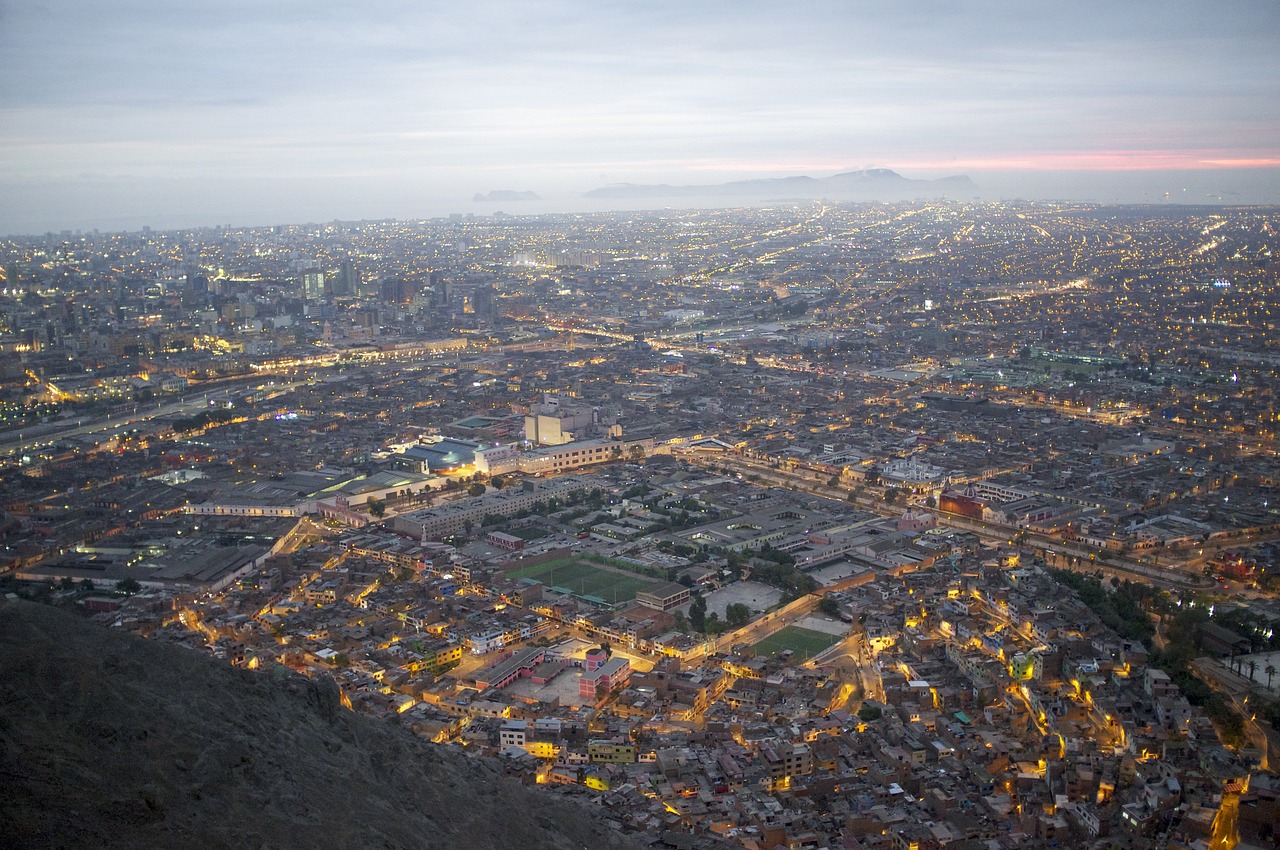
Contemporary Art and Music
- Contemporary Art Museums: Lima is home to several contemporary art museums, including the MALI (Museo de Arte de Lima) and MAC (Museo de Arte Contemporáneo). These institutions showcase the works of both local and international artists, contributing to Lima’s artistic scene.
- Music and Dance: Lima is known for its vibrant music and dance culture. Traditional Peruvian music genres like huayno and marinera, as well as contemporary styles like salsa and rock, can be enjoyed in various venues throughout the city.
- Street Art: Lima has embraced street art as a form of artistic expression. Districts like Barranco and Callao feature colorful murals and graffiti, adding an urban artistic vibe to the city.
Gastronomy Capital of Latin America
- World-Renowned Restaurants: Lima has gained international recognition as the gastronomy capital of Latin America. Renowned restaurants like Central, Maido, and Astrid y Gastón showcase the city’s culinary innovation and fusion of flavors.
- Peruvian Ingredients: Lima’s cuisine is characterized by its diverse ingredients, which include native Peruvian ingredients like quinoa, potatoes, and various seafood. The fusion of indigenous, Spanish, African, and Asian influences has resulted in a unique culinary identity.
- Food Markets: Lima’s food markets, such as Mercado de Surquillo and Mercado Central, offer a glimpse into the local culinary scene. Here, visitors can explore fresh produce, local delicacies, and interact with vendors.

Architectural Gems
- Modern Architecture: Lima boasts modern architectural masterpieces, such as the iconic LarcoMar shopping center and the futuristic Costa Verde beachfront district.
- Colonial Mansions: The city is dotted with grand colonial mansions, many of which have been converted into museums, hotels, and restaurants. Casa Aliaga and Casa de la Literatura Peruana are prime examples.
- Pre-Columbian Ruins: Lima is surrounded by archaeological sites that showcase the ancient civilizations that thrived in the area. Huaca Pucllana and Huaca Huallamarca are notable examples of pre-Columbian ruins.
Green Spaces and Parks
- Parque de la Reserva: Parque de la Reserva, also known as the Magic Water Circuit, is a popular park featuring stunning fountains and light shows.
- Parque del Amor: Located in the district of Miraflores, Parque del Amor is a romantic park with a prominent sculpture of lovers embracing.
- Metropolitano Park: The Metropolitano Park is a vast green space that offers recreational activities, walking trails, and beautiful views of the city.
Conclusion
Lima Peru’s cultural evolution is a testament to its diverse heritage and the influences of various civilizations. From ancient indigenous cultures to Spanish colonialism and subsequent migrations, Lima’s cultural tapestry is a fusion of traditions, art, cuisine, and architecture. The city’s contemporary art scene, vibrant music culture, and renowned gastronomy further contribute to its cultural richness. Exploring Lima is a journey through time and a celebration of its diverse cultural heritage.
References
- peru.travel
- unesco.org
- mali.pe
- mac-lima.org.pe
- visitperu.com
- limaeasy.com

